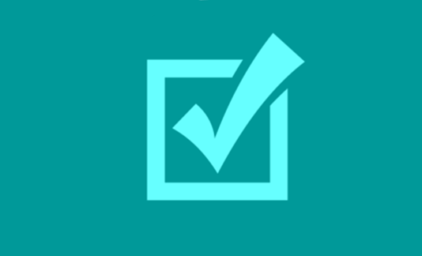Digital Citizenship Standard Alignments
As students navigate the Digital Citizenship topics, and plan for and create movies with the Make-a-Movie tool, they are naturally addressing the goals of the following standards of the Common Core, Computer Science Teachers Association, and International Society for Technology in Education (ISTE).
Common Core Standards (CCSS)
Computer Science Teachers Association (CSTA) Standards
International Society for Technology in Education (ISTE)
Common Core Standards (CCSS)
Reading
CCSS.ELA-LITERACY.CCRA.R.2
Determine central ideas or themes of a text and analyze their development; summarize the key supporting details and ideas.
CCSS.ELA-LITERACY.CCRA.R.6
Assess how point of view or purpose shapes the content and style of a text.
CCSS.ELA-LITERACY.CCRA.R.7
Integrate and evaluate content presented in diverse media and formats, including visually and quantitatively, as well as in words.
Writing
CCSS.ELA-LITERACY.CCRA.W.2
Write informative/explanatory texts to examine and convey complex ideas and information clearly and accurately through the effective selection, organization, and analysis of content.
CCSS.ELA-LITERACY.CCRA.W.6
Use technology, including the Internet, to produce and publish writing and to interact and collaborate with others.
CCSS.ELA-LITERACY.CCRA.W.7
Conduct short as well as more sustained research projects based on focused questions, demonstrating understanding of the subject under investigation.
Speaking & Listening
CCSS.ELA-LITERACY.CCRA.SL.2
Integrate and evaluate information presented in diverse media and formats, including visually, quantitatively, and orally.
CCSS.ELA-LITERACY.CCRA.SL.4
Present information, findings, and supporting evidence such that listeners can follow the line of reasoning and the organization, development, and style are appropriate to task, purpose, and audience.
CCSS.ELA-LITERACY.CCRA.SL.5
Make strategic use of digital media and visual displays of data to express information and enhance understanding of presentations.
Computer Science Teachers Association (CSTA) Standards
1B-NI-05
Discuss real-world cybersecurity problems and how personal information can be protected. (P3.1)
1B-IC-18
Discuss computing technologies that have changed the world, and express how those technologies influence, and are influenced by, cultural practices. (P7.1)
1B-AP-14
Observe intellectual property rights and give appropriate attribution when creating or remixing programs. (P7.3)
1B-IC-21
Use public domain or creative commons media, and refrain from copying or using material created by others without permission. (P7.3)
2-NI-05
Explain how physical and digital security measures protect electronic information. (P7.2)
2-IC-21
Discuss issues of bias and accessibility in the design of existing technologies. (P1.2)
2-IC-23
Describe tradeoffs between allowing information to be public and keeping information private and secure. (P7.2)
3A-NI-05
Give examples to illustrate how sensitive data can be affected by malware and other attacks.(P7.2)
3A-IC-24
Evaluate the ways computing impacts personal, ethical, social, economic, and cultural practices. (P1.2)
3A-IC-27
Use tools and methods for collaboration on a project to increase connectivity of people in different cultures and career fields. (P2.4)
3A-IC-30
Evaluate the social and economic implications of privacy in the context of safety, law, or ethics.
International Society for Technology in Education (ISTE) Standards
Digital Citizen Standards: Students recognize the rights, responsibilities and opportunities of living, learning and working in an interconnected digital world, and they act and model in ways that are safe, legal and ethical.
2a
Students cultivate and manage their digital identity and reputation and are aware of the permanence of their actions in the digital world.
2b
Students engage in positive, safe, legal and ethical behavior when using technology, including social interactions online or when using networked devices.
2c
Students demonstrate an understanding of and respect for the rights and obligations of using and sharing intellectual property.
2d
Students manage their personal data to maintain digital privacy and security and are aware of data-collection technology used to track their navigation online.






